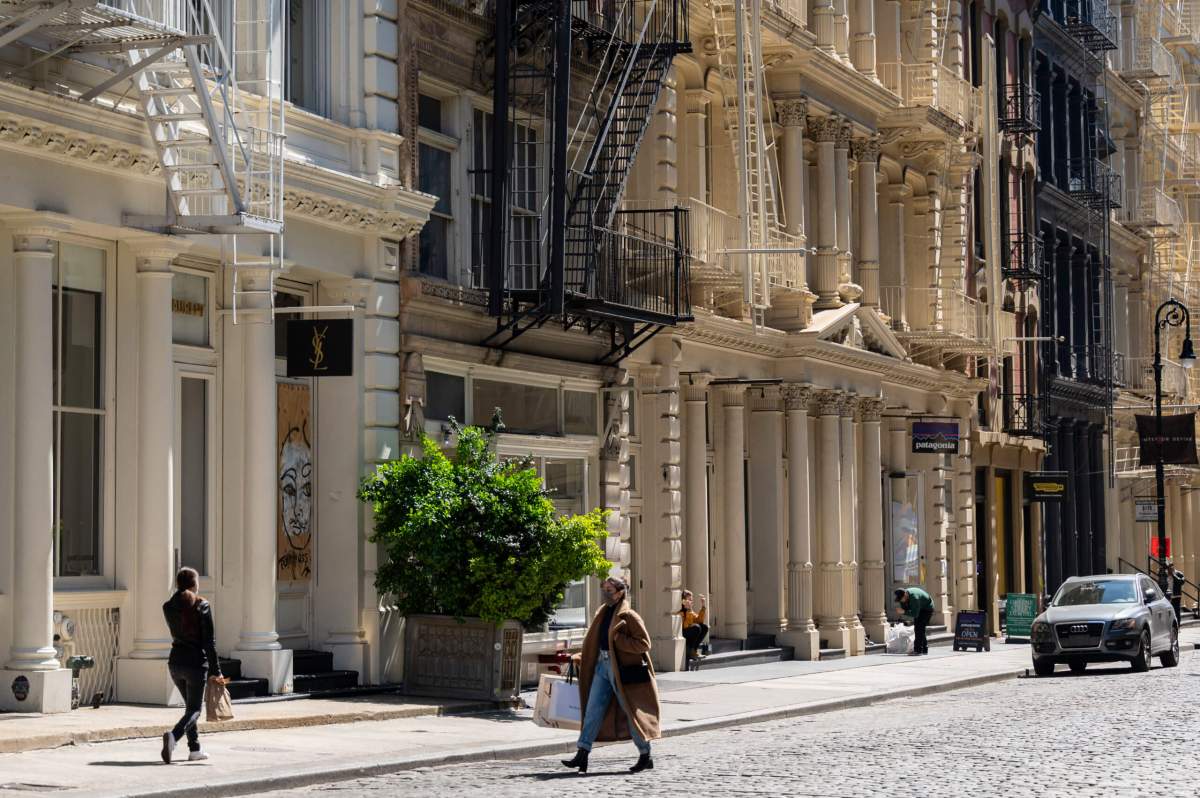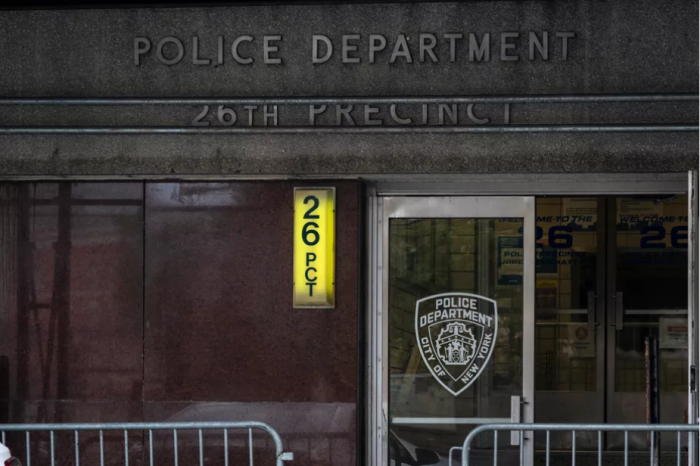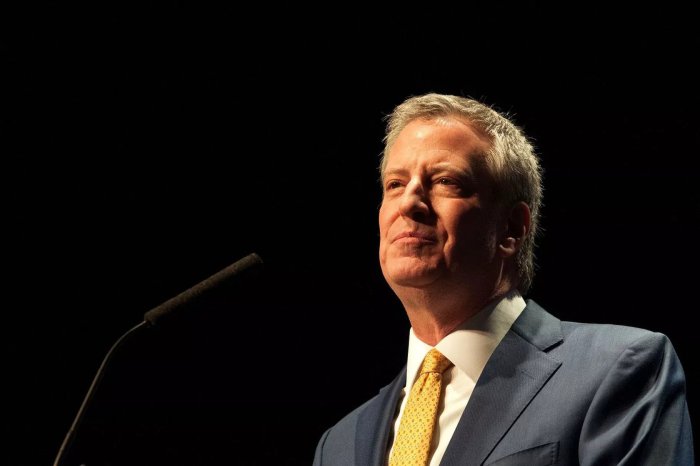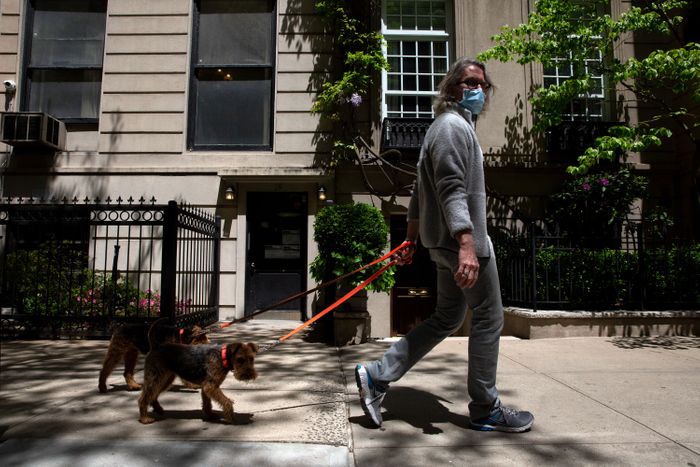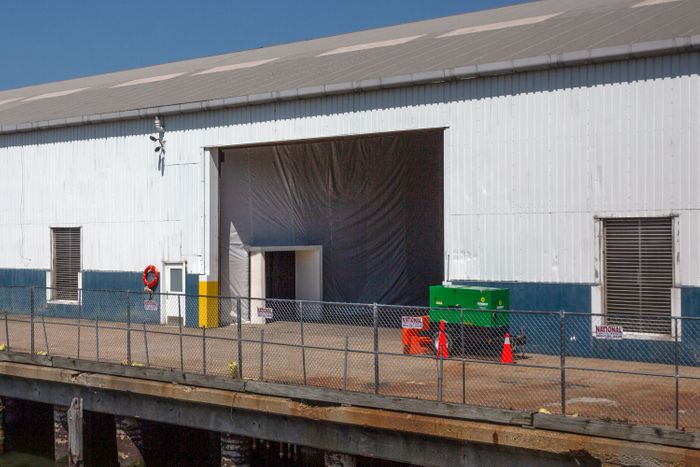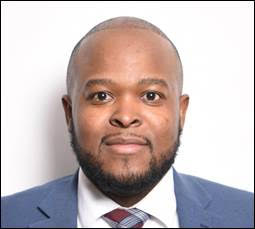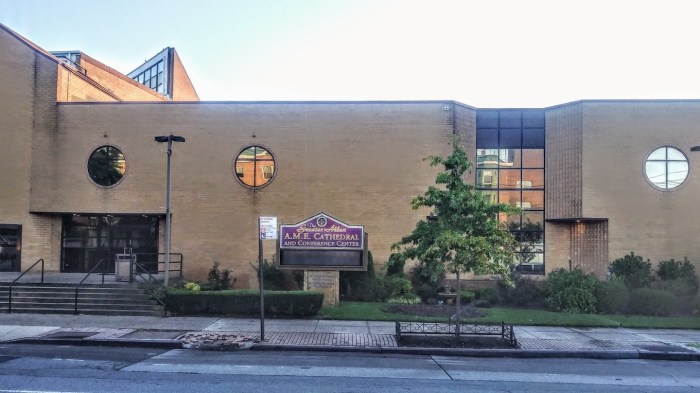This article was originally published on by THE CITY
City Hall says rezoning the Manhattan and Brooklyn neighborhoods would bring crucial affordable housing, while opponents warn of overcrowding. The projects headline the mayor’s final-year pandemic push to change the face of the city.
The City Planning Commission last week started the approval process for the rezoning of Brooklyn’s once industrial and still polluted Gowanus neighborhood in a bid to spur the building of 8,000 new apartments along with shops and parks.
The commission is soon expected to give a similar go-ahead to a proposal to rezone SoHo and NoHo to authorize 3,200 new housing units in Lower Manhattan as well as overhaul a cumbersome process for approval of retail stores.
Meanwhile, also wending through the approval process is a plan to rebuild the New York City Blood Center on East 67th Street to allow the organization to expand its ability to do research and to create a hub for other life science efforts in the heart of the city’s key medical complex.
All three projects have the de Blasio administration’s backing, but Gowanus and SoHo are the biggest — and riskiest. City Hall is trying to put a twist on the usual narrative that rezonings gentrify neighborhoods and displace people of color, contending these two efforts are aimed squarely at desegregating predominantly white areas.
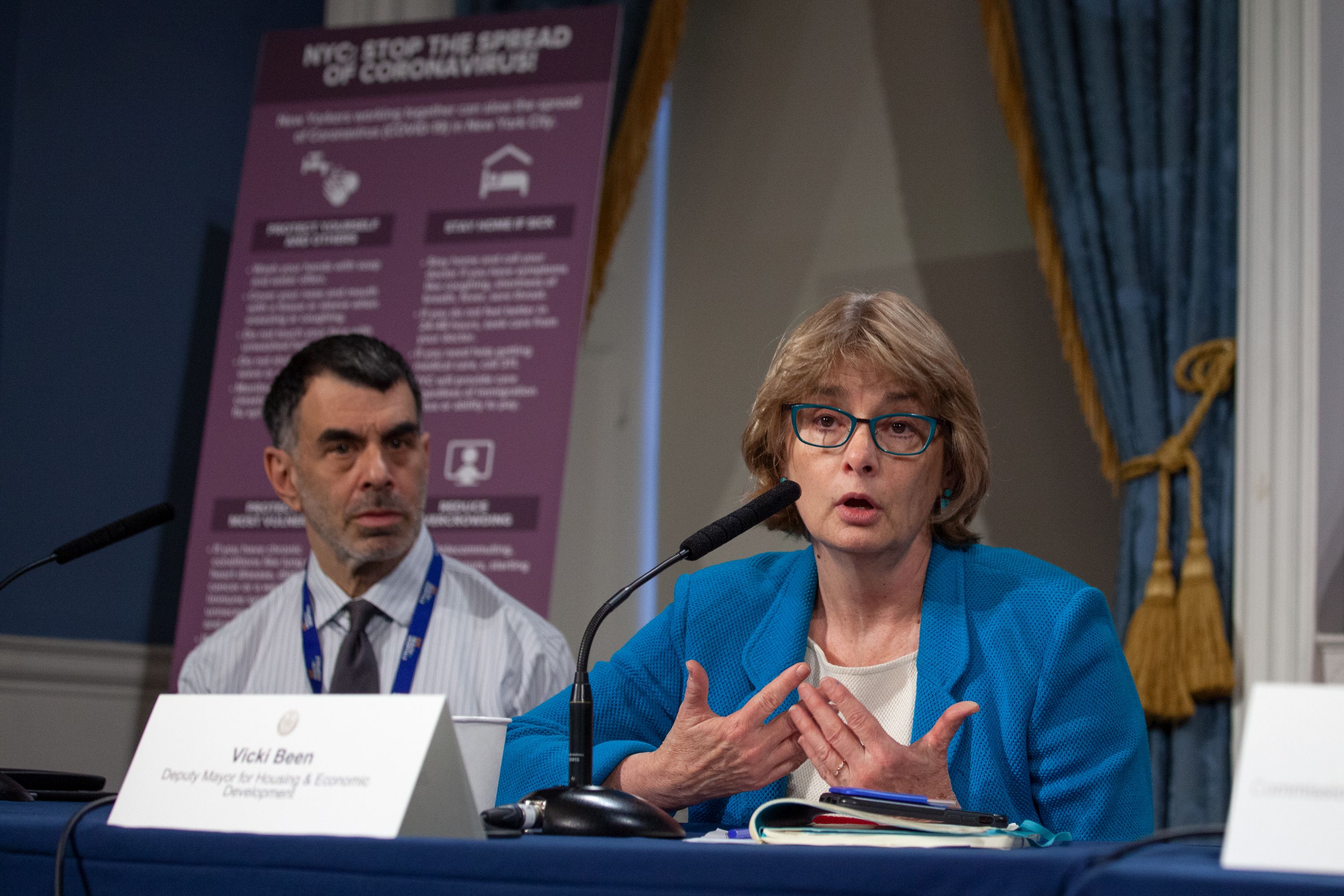 Ben Fractenberg/THE CITY
Ben Fractenberg/THE CITY“This administration from the beginning has insisted our affordable housing programs result in more diverse neighborhoods,” Vicki Been, deputy mayor for housing and development, told THE CITY. “Every neighborhood should provide affordable housing and these two neighborhoods have not been providing any new housing. They should step up and do their part.”
With eight months left in his term, de Blasio’s accelerating an ambitious land use agenda following a pandemic pause. And the rezoning projects — blasted by opponents who say they’ll bring overcrowding, overtax sewers and more — are at the center of his scramble to leave a final mark on the city.
Political Uncertainty Looms
Other proposals being fast-tracked are new restrictions on hotel development that would in essence require operators to agree to union representation for workers.
Also on the agenda: ending the requirement that new gyms, fitness centers and yoga studios get special permits before opening or growing; expanding a program that provides zoning bonuses for making transit stations Americans with Disabilities Act-compliant; and creating an incentive to increase fresh food offerings in new supermarkets in certain neighborhoods.
But to get any of it done, the administration will need to avoid the land use debacle of the last months of the Bloomberg administration. Its plan to revive Midtown north of Grand Central Terminal was blocked in one of the few rezoning defeats Bloomberg ever suffered.
And even though then-incoming Mayor de Blasio pledged to push through a revised plan for what is now called Midtown East, it took 3 ½ years before the new zoning won City Council approval.
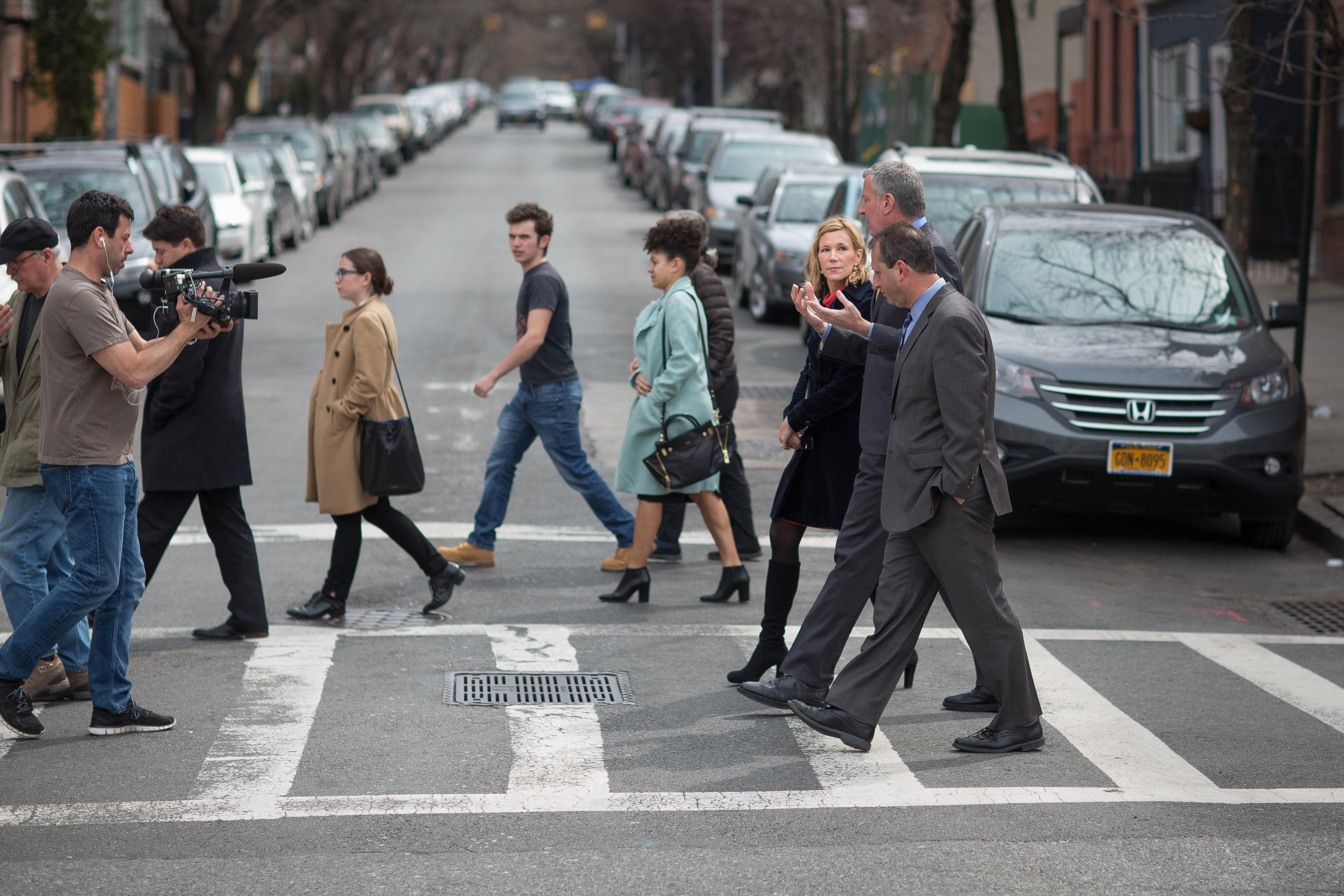 Michael Appleton/Mayoral Photography Office
Michael Appleton/Mayoral Photography Office
Nowhere are the current risks clearer than in Gowanus, where top officials involved will soon be in new jobs or out of office.
“Council people Brad Lander and Stephen Levin have been critical to this process and are familiar with it,” said Michelle de la Uz, executive director of the Brooklyn-based Fifth Avenue Committee, which builds and manages affordable housing. “If everybody moves on you will lose institutional memory and momentum.
“There is uncertainty about what political future holds,” she added.
‘A Trojan Horse’
The Gowanus plan has been in the works for more than five years and supporters say the community — and especially Lander — has been involved from the beginning.
For example, 12 years ago the Fifth Avenue Committee responded to a city proposal to build housing and a public park on an abandoned site that had been a gas manufacturing plant. It suggested 700 units.
Today, the Gowanus Green plan for the site includes 950 units of housing, all for lower-income residents, a school and the park. The project alone represents almost a third of the projected affordable units.
Issues to be negotiated, before a vote required in the late fall, include some sort of community oversight of the promises made if the rezoning is approved and a study that shows there will be no additional emissions from the development.
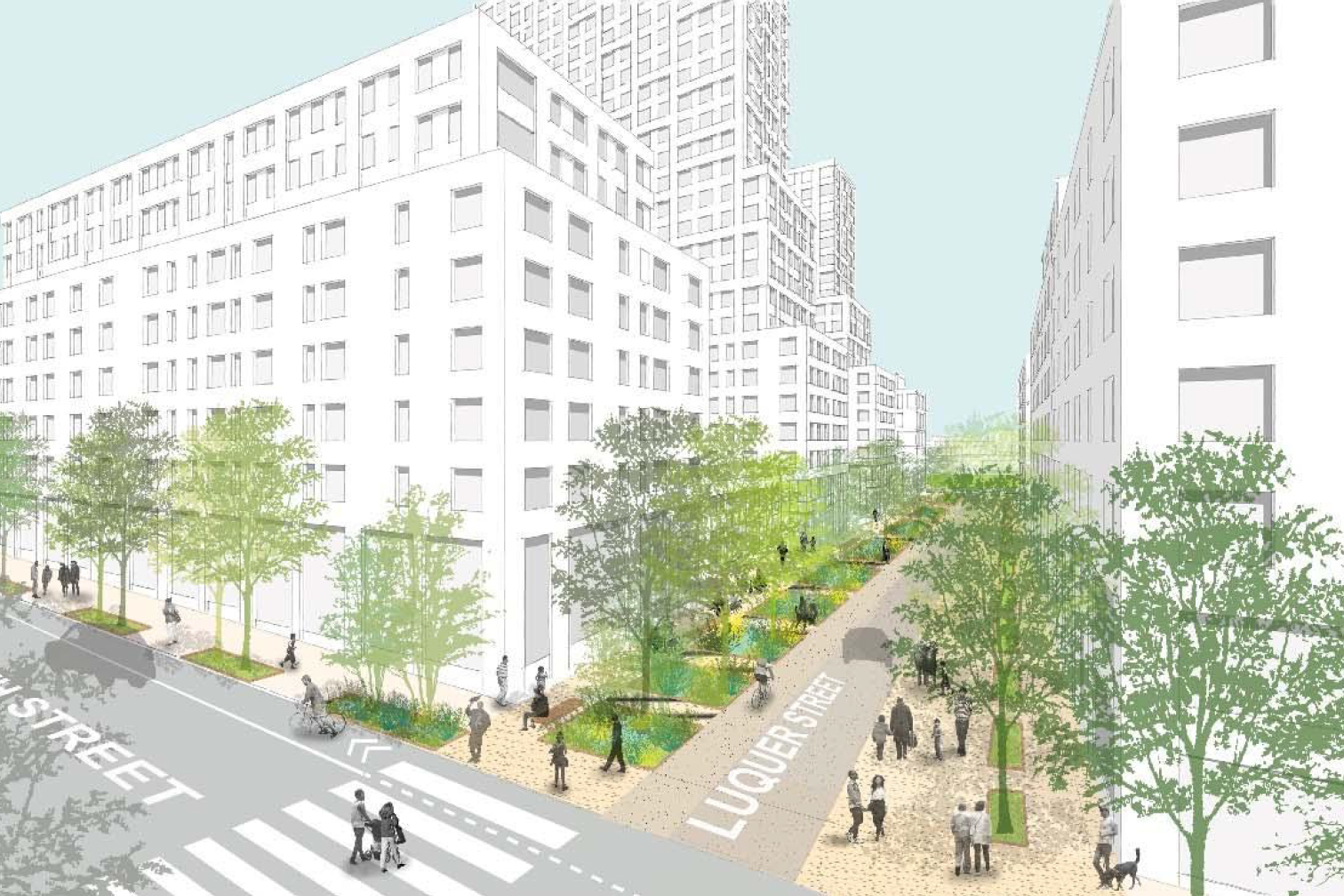 Courtesy of Fifth Avenue Committee, Inc. & Neighbors Helping Neighbors, Inc.
Courtesy of Fifth Avenue Committee, Inc. & Neighbors Helping Neighbors, Inc.But the key hurdle is that Lander and community groups have made their support contingent on the de Blasio administration committing the money to rehabilitate NYCHA’s Gowanus and Wyckoff housing developments. The price tag is north of $200 million.
Been noted that the administration has a series of tools to overhaul NYCHA complexes and that has launched a makeover to the public housing on Warren Street, although she wouldn’t make a specific commitment.
Voices of Gowanus, a group formed to fight the rezoning, argues that development is inappropriate given that the area around the Gowanus Canal is a toxic Superfund site that is prone to flooding, which happened disastrously during Superstorm Sandy. Some concerns center around swamping the sewage system.
Supporters call these points pretexts.
“Gowanus neighborhood rezoning will absolutely advance fair housing in an area with extremely segregated housing,” said de la Uz. “Lower income people of color who have been priced out or displaced will be able to live in Gowanus.”
The opponents dispute that characterization.
“The neighborhood is already diverse,” said Talli Somekh, a member of Voices of Gowanus. “This is a luxury development with a Trojan horse of affordable housing.”
Lander, who is running for comptroller, portrayed the rezoning plan as a chance to create a more cohesive community after years of haphazard development and change.
“As we emerge from the pandemic, we have a chance to steer its future in the direction of a more integrated, affordable and resilient community,” he said.
A Call for Housing Equity
A similar controversy is playing out in SoHo and NoHo
Like Gowanus, SoHo has not been rezoned in more than 50 years and virtually no new housing has been built, Been notes. New retail establishments have to go through a byzantine process to open. Much of the area is landmarked and would remain untouched.
The rezoning would authorize 3,200 new housing units, of which 800 would be affordable with income limits to be set later. Opponents contend development could overwhelm the area and that new towers would threaten the character of the one-time artists’ haven, a longtime pre-pandemic tourism magnet.
The rezoning will not endanger the historic district, noted Jessica Katz, executive director of the Citizens Housing and Planning Council, a housing policy nonprofit. And the plan, she added, represents a crucial rethinking of the city’s use of rezoning.
 Hiram Alejandro Durán/THE CITY
Hiram Alejandro Durán/THE CITY“Housing policy has never been approached through a racial equity focus and one of the concentrate steps is making sure we create pathways in high-income, transit-heavy communities to create more affordable areas,” she said. “SoHo is a prime example of that and is emblematic in ways we have made some neighborhoods exclusionary.”
The SoHo Alliance is opposed to the plan, saying that the de Blasio administration conducted a series of meetings to elicit community concerns without ever bringing up rezoning the area to allow more housing and retail. The group also disputes that the issue is about segregation, pointing out that affordable apartments are filled by lottery.
“Lotteries by their nature are random so there is no evidence at all that a lottery will produce racial justice,” said Sean Sweeney, director of the organization.
People involved in the controversy said Councilwoman Margaret Chin (D-Manhattan) has not taken a position on the proposal. Her office did not reply to a request for comment.
A Towering Challenge
The Blood Center plan faces community opposition, led by the Friends of the Upper East Side Historic Districts, which says the large building planned mid-block on 67th between First and Second avenues would be out of character with the neighborhood.
The plan would rebuild the nonprofit’s four-story building into a 16-story tower with almost 600,000 square feet. The organization would use the lower floors for its headquarters and blood bank operation, enhance its own research operation, and expand an incubator that currently provides space for 10 startups.
The life sciences developer Longfellow would build the facility, which doesn’t have a price tag or financing yet, and lease the upper floors to other life science companies.
“With the city’s focus on life sciences, this will allow us to create a life sciences campus in the heart of the city’s medical complex with Rockefeller University, Weill Cornell and Sloan Kettering,” said Rob Purvis, executive vice president and chief of staff of New York Blood Center.
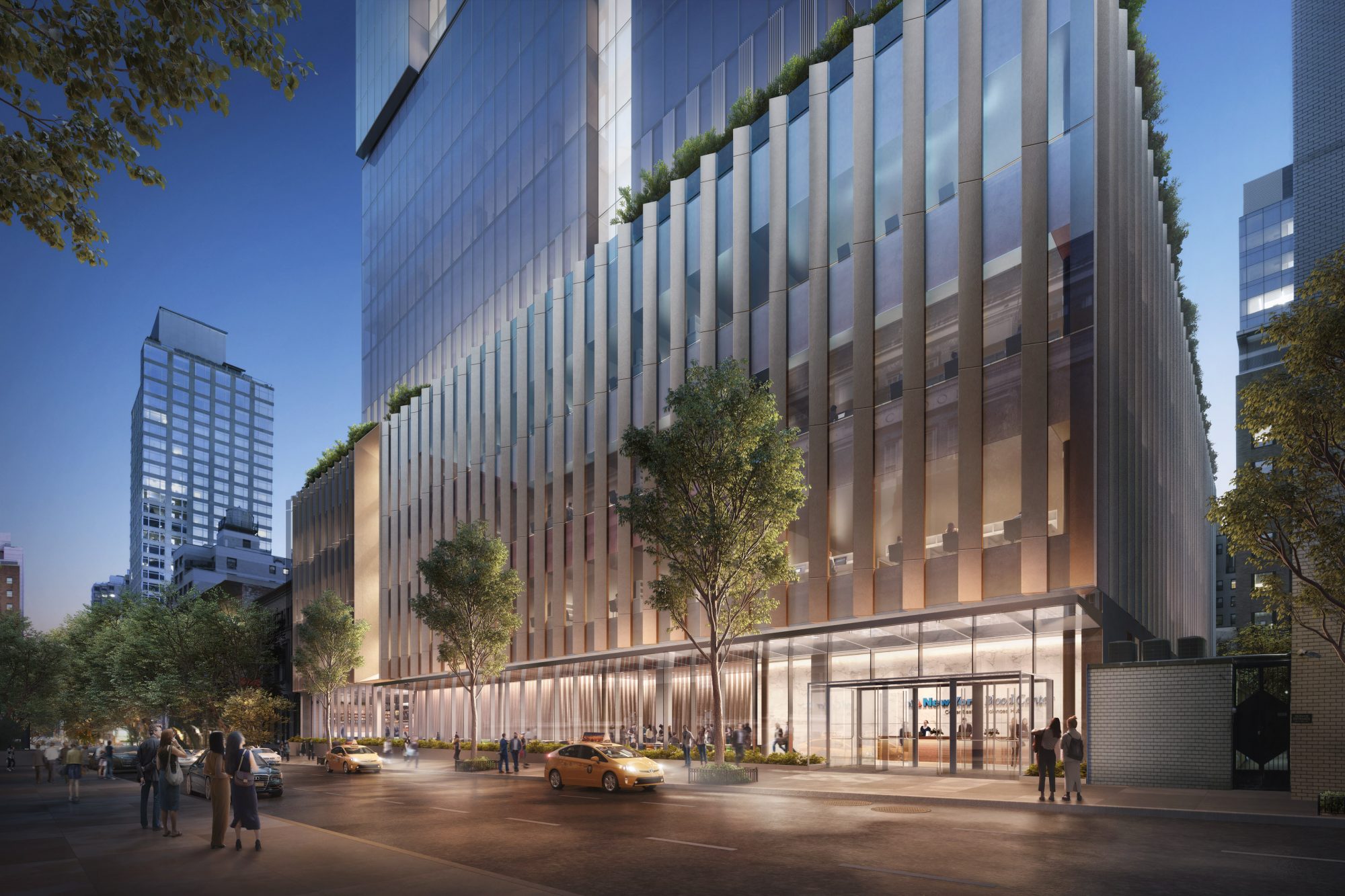 Via DBOX/ENNEAD ARCHITECTS
Via DBOX/ENNEAD ARCHITECTSHe said the center recognizes the sensitivity of its mid-block location and will work to minimize the impact of the project on the community. The Blood Center is committed to workforce development and internships as part of the overhaul, he added.
But Purvis argues the pandemic has made the project vital.
“When the pandemic hit, we immediately pivoted our research to the challenge,” he said. “We created, collected and distributed the first convalescent therapy. Had we had a more robust program and stronger partnerships, we would have been able to respond more forcefully.”
However, Friends of the Upper East Side believes the Blood Center would be the first of many projects to circumvent the 30-year-old mid-block zoning that has kept local streets free of large towers. It isn’t opposed to a new building for the Blood Center but argues Longfellow should build elsewhere.
“This project is about using the rezoning to subsidize a for-profit tower,” said the group’s executive director, Rachel Levy. “There is no reason Longfellow has to be on 67th Street.”
‘We Can’t Waffle’
The Gowanus and Blood Center projects have already been certified by the City Planning Commission and must be voted on by the City Council no later than mid-November. The proposed SoHo rezoning is expected to be certified in time for a vote before the end of the year.
While de Blasio’s looking to wrap up unfinished business on a tight deadline, his successors will be dealing with the results, however they break, in the longer term.
And as when de Blasio followed Bloomberg, they’ll also have to forge their own development vision — only they’ll be doing it as the city tries to rebound from the pandemic in an era where affordable housing has become increasingly crucial.
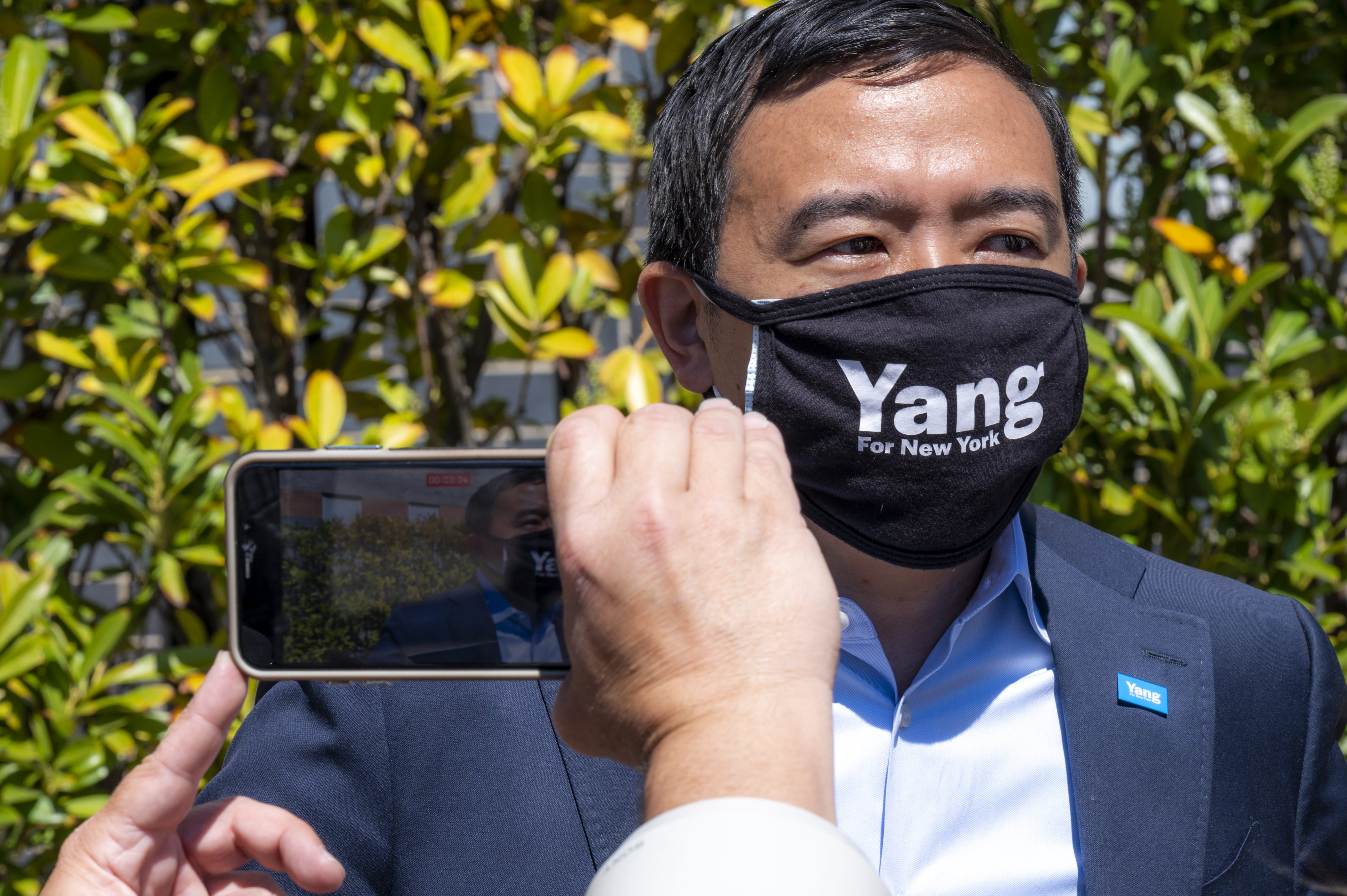 Hiram Alejandro Durán/THE CITY
Hiram Alejandro Durán/THE CITYAndrew Yang underscored that point Wednesday during a speech at New York Law School as he vowed to produce 250,000 units of affordable housing in eight years.
He called for scrapping the informal agreement among Council members that gives local lawmakers de facto veto power over projects in their district — and said he wants to speed up the city’s land-use approval process.
Yang’s case in point: the SoHo rezoning, in which he offered a rare endorsement for de Blasio.
“We can’t waffle or backtrack as some appear to be doing,” Yang said. “I hope Mayor de Blasio stands firm on this plan.”
THE CITY is an independent, nonprofit news outlet dedicated to hard-hitting reporting that serves the people of New York.



